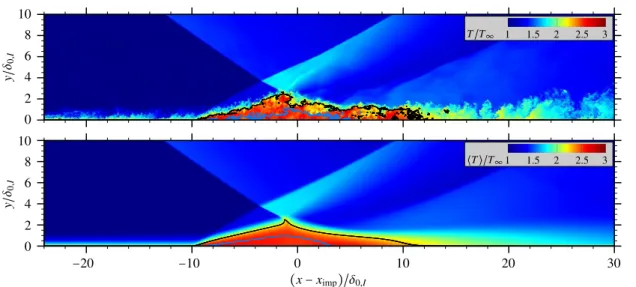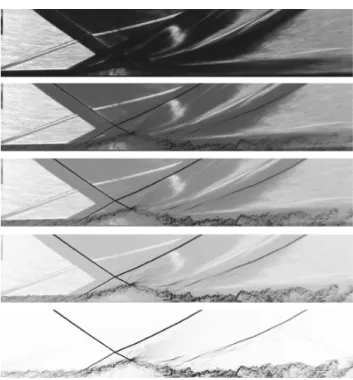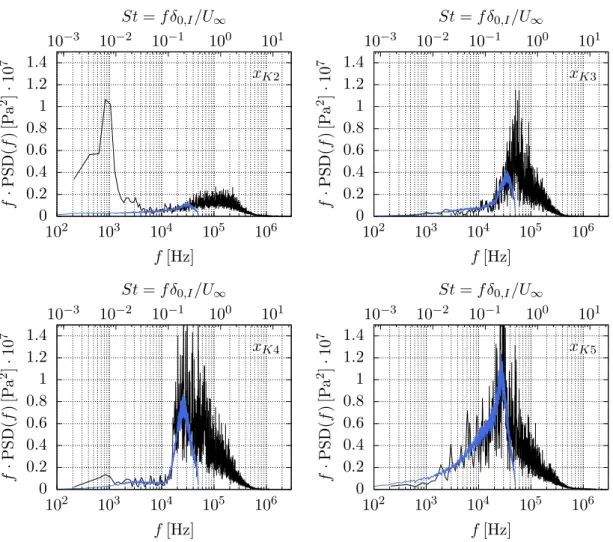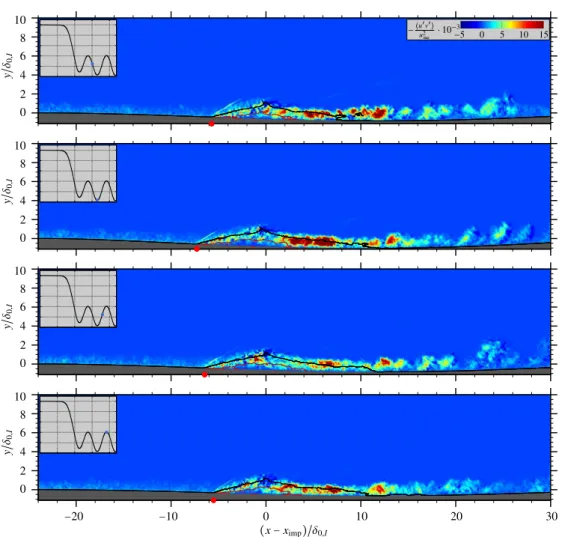Coupled simulation of shock-wave/turbulent boundary-layer interaction over a flexible panel
Full text
Figure
![Figure 1: Schematic of the oblique shock-wave/boundary-layer interaction with mean separation [15].](https://thumb-us.123doks.com/thumbv2/123dok_us/270379.2527744/2.892.269.619.116.339/figure-schematic-oblique-shock-boundary-layer-interaction-separation.webp)



Related documents
Paper presented at the 99 th annual convention of the National Communication Association, Intercultural and International Communication Division, Washington, DC.. Different
South Dakota State University, Brookings, SD, Spring 2013 Communication Studies (Area: Qualitative Methods).. Advisor: Karla
To add art, first make sure the art space for the front cover is selected to place front cover art, the spine to place the spine art, or the back cover space to place the back
We believe that the dropping technique is a useful experimental approach because it represents differences among species in adherence capability much more sensitively
Method: Two southern elephant seals were fitted with a head‑mounted time depth recorder (TDR) (recording depth at 1 Hz) and an accelerometer (recording 3 axes of acceleration at
Gariglio, “High prevalence of autoantibodies against the nuclear high mobility group (HMG) protein SSRP1 in sera from patients with systemic lupus erythematosus, but not other
Економіко-географічні райони України Економіко-географічна характеристика (за типовим планом: економіко- географічне положення та його господарська оцінка; природні
Maxillary canines are the 2nd most commonly impacted teeth by Johnston WD have shown that about two-thirds of maxillary canines are impacted on palatal side, one third





